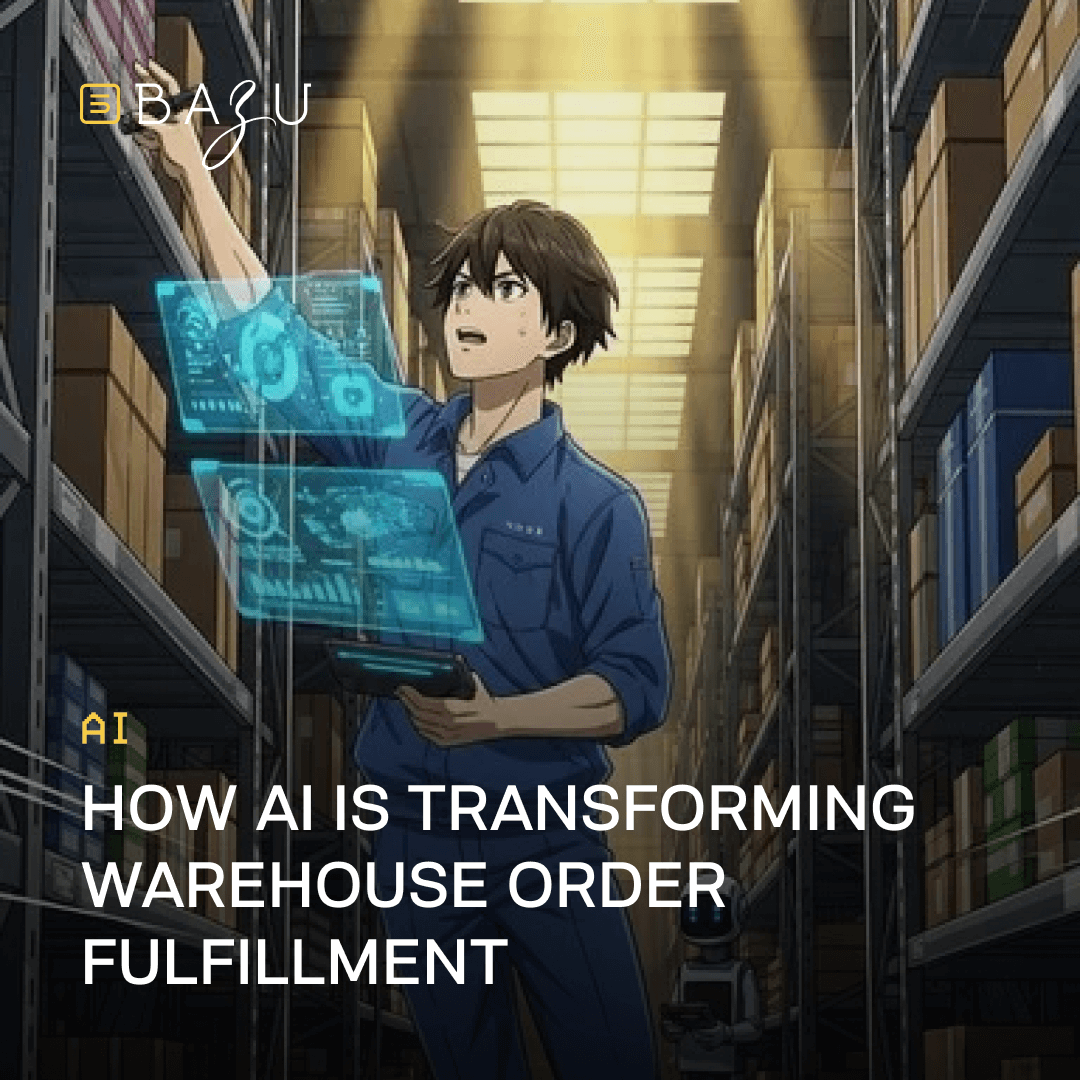In the manufacturing world, the bill of materials (BOM) is the backbone of production planning. It lists all the components, raw materials, and instructions required to create a product. But managing and updating BOMs manually is time-consuming, error-prone, and often leads to costly mistakes on the production line.
As manufacturing processes grow more complex and global supply chains introduce new variables, businesses are increasingly turning to Robotic Process Automation (RPA) and Artificial Intelligence (AI) to streamline BOM management. These technologies are enabling manufacturers to automate tedious tasks, ensure accuracy, and make smarter decisions faster.
In this article, we’ll explore how RPA and AI are revolutionizing BOM management, examine real-world use cases, and show how your manufacturing business can adopt these technologies to stay competitive in a rapidly evolving industry.
Why traditional BOM management falls short
Manual BOM management has long been a bottleneck for manufacturers. Common challenges include:
- Data silos: BOM information scattered across departments and systems
- Human error: Mistakes in data entry or version control leading to production delays
- Slow change management: Difficulty updating BOMs when engineering changes occur
- Supply chain disruptions: Inability to adapt BOMs quickly to alternate suppliers or materials
These issues can result in:
- Missed deadlines
- Increased waste and rework
- Higher operational costs
- Lower customer satisfaction
To address these pain points, manufacturers are turning to RPA and AI for smarter, more efficient BOM processes.
How RPA and AI work together to automate BOMs
RPA and AI complement each other perfectly in BOM automation:
- RPA handles repetitive, rule-based tasks like extracting BOM data from legacy systems, populating ERP databases, and synchronizing information across platforms.
- AI adds intelligence by analyzing data, identifying inconsistencies, predicting risks, and suggesting optimizations.
Here’s how they transform BOM workflows:
1. Automated BOM data extraction and entry with RPA
RPA bots can retrieve BOM information from various sources – CAD drawings, engineering spreadsheets, emails – and enter it into centralized ERP or PLM systems.
Benefit: Eliminates manual data entry errors and speeds up BOM creation.
Example:
A European automotive manufacturer used RPA bots to pull parts lists from engineering drawings and populate their SAP ERP. This reduced BOM creation time by 70% and eliminated duplicate entries.
Want to eliminate manual BOM data entry? Talk to our experts about RPA solutions tailored to your systems.
2. AI-powered validation and error detection
AI algorithms analyze BOMs to detect inconsistencies such as:
- Missing components or quantities
- Duplicate parts
- Conflicts with engineering change orders (ECOs)
- Compliance issues with supplier materials
Benefit: Ensures accuracy and prevents costly errors before production begins.
Example:
An aerospace manufacturer implemented AI to validate BOMs against engineering standards and regulatory requirements, reducing rework costs by $2 million annually.
3. Dynamic BOM updates with AI insights
In today’s volatile supply chain environment, material availability and costs can change rapidly. AI systems monitor supplier data, predict disruptions, and suggest alternate materials or suppliers for BOM updates.
Benefit: Keeps production on track and reduces the risk of supply chain delays.
Example:
A consumer electronics company used AI to detect an impending shortage of a key component and proactively adjusted BOMs with an approved alternative. This avoided a potential production halt and saved millions in lost revenue.
4. Workflow automation for engineering change management
When a design change occurs, updating BOMs across departments and systems is critical. RPA bots can automate:
- Notifications to relevant teams
- BOM versioning and archiving
- Synchronization between PLM and ERP systems
Example:
A medical device manufacturer reduced their ECO processing time by 50% using RPA to update BOMs across global production sites.
Need faster engineering change management? Contact us to discuss RPA workflows for your manufacturing operations.
Industry-specific applications of RPA and AI in BOM management
Automotive manufacturing
- RPA extracts complex multi-level BOMs from CAD systems.
- AI predicts component obsolescence and suggests alternatives.
Aerospace and defense
- AI ensures compliance with strict regulatory standards (e.g., ITAR, AS9100).
- RPA synchronizes BOM changes across secure global systems.
Consumer electronics
- AI recommends supplier substitutions in response to shortages.
- RPA bots update high-volume BOMs for frequent product iterations.
Pharmaceutical manufacturing
- AI validates BOMs for FDA and EMA compliance.
- RPA automates approval workflows for controlled substances.
Benefits of automating BOMs with RPA and AI
✅ Improved accuracy
Eliminates human error in BOM creation and updates.
✅ Faster time-to-market
Speeds up product launches by streamlining engineering and production handoffs.
✅ Reduced operational costs
Minimizes rework, scrap, and downtime due to BOM errors.
✅ Enhanced agility
Enables quick adaptation to supply chain changes or design modifications.
✅ Better compliance
AI ensures BOMs meet industry and regulatory standards.
Challenges to implementing RPA and AI for BOM automation
While the benefits are clear, manufacturers may face challenges such as:
- Integration with legacy systems
- Initial setup costs for RPA bots and AI models
- Change management for employees adapting to new workflows
- Data quality issues affecting AI performance
The key is to start small, with pilot projects focused on high-impact processes, and scale gradually.
Steps to implement RPA and AI in BOM workflows
- Map your current BOM processes
Identify repetitive, error-prone tasks ripe for automation. - Ensure data readiness
Clean and standardize BOM data for AI analysis. - Deploy RPA bots for quick wins
Start with data extraction and entry automation. - Integrate AI for smarter decisions
Add predictive analytics and validation layers. - Train your team and monitor performance
Ensure seamless adoption and continuous improvement.
The future of BOM management is intelligent and automated
As manufacturing complexity grows, manual BOM management is no longer sustainable. By combining RPA’s efficiency with AI’s intelligence, businesses can transform BOM workflows into a strategic advantage.
This isn’t just about cutting costs – it’s about enabling innovation, speed, and resilience in a challenging global market.
At Bazu, we help manufacturers automate their BOM processes with tailored RPA and AI solutions. Let’s talk about modernizing your production workflows.
- Artificial Intelligence


